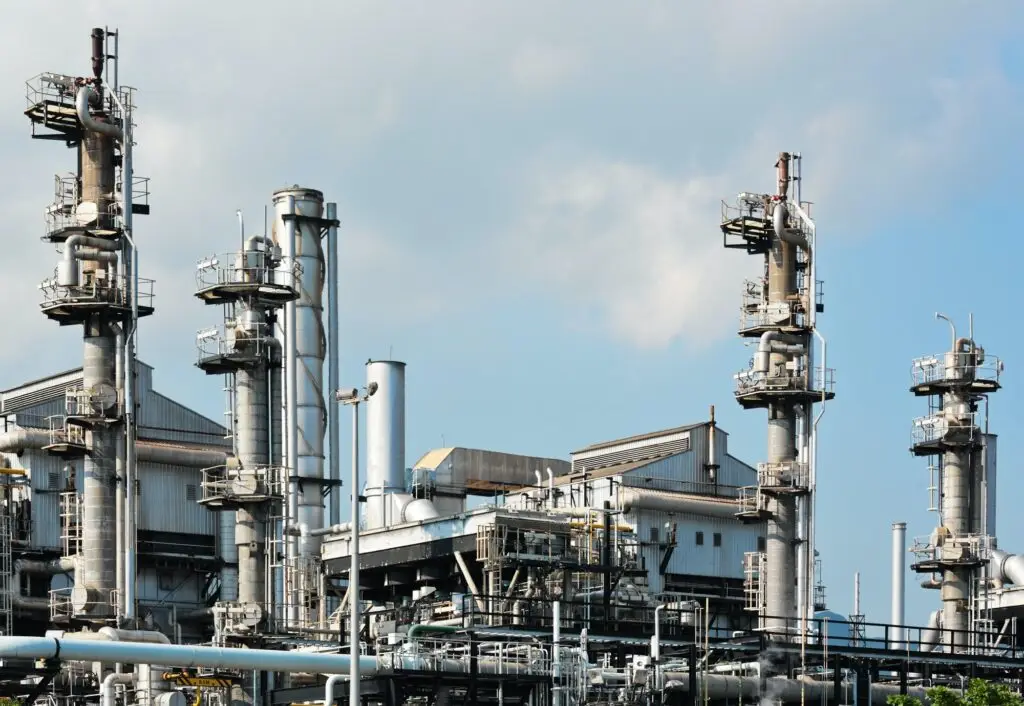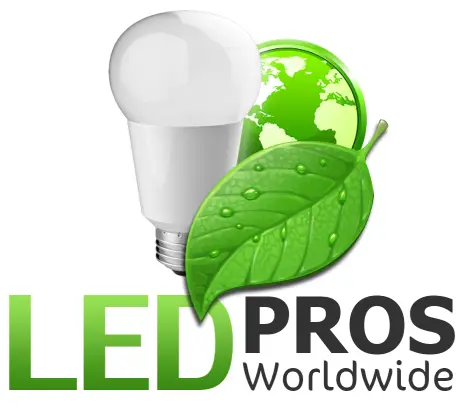Explosion proof lighting is a vital element of safety for many hazardous work sites and buildings. The concept may sound intimidating, but understanding its different classes and ratings can be simpler than you think. In this blog post, we’ll explore what defines the classes and ratings of explosion proof lighting and how to identify their hazardous locations. Essentially, explosion proof lighting is designed to contain any release of energy caused by an internal explosion.
This is because the light fixtures are exposed to highly dangerous vapors, dust and gases which can cause an internal explosion when exposed to an electrical arc. By containing any internal explosion, these industrial lighting fixtures prevent the spread of combustible material to other parts of the building or work site. This ensures the safety of personnel and equipment in hazardous locations.
The classes of explosion proof lighting can vary depending on your environment, but understanding the definitions and ratings are key to achieving maximum safety. In this guide, we’ll help you identify the different ratings and illuminate the hazardous locations of each class of explosion proof light.
Classes of Explosion Proof Lighting, Hazardous Locations
Class I Explosion Proof Lighting
Class I explosion proof lighting is designed for use in areas where flammable gases or vapors are present. This class is further divided into two divisions:
- Division 1: Hazard is present during normal operation
– Applications: Oil refineries, gas processing plants, and chemical facilities
– Features: Explosion proof enclosures, sealed conduit systems, and intrinsically safe wiring
- Division 2: Hazard is present only during abnormal conditions
– Applications: Petroleum storage facilities, paint spray booths, and battery charging areas
– Features: Explosion proof or dust-ignition proof enclosures, and non-sparking wiring methods
Class II Explosion Proof Lighting
Class II explosion proof lighting is intended for areas where combustible dusts are present. Like Class I, this class is also divided into two divisions:
- Division 1: Hazard is present during normal operation
– Applications: Grain elevators, coal processing plants, and flour mills
– Features: Dust-ignition proof enclosures, sealed conduit systems, and intrinsically safe wiring
- Division 2: Hazard is present only during abnormal conditions
– Applications: Woodworking facilities, sugar refineries, and cocoa processing plants
– Features: Dust-ignition proof or dust-tight enclosures, and non-sparking wiring methods
Class III Explosion Proof Lighting
Class III explosion proof lighting is designed for locations where easily ignitable fibers or flyings are present, but not likely to be in suspension in the air in sufficient quantities to produce ignitable mixtures. This class is also divided into two divisions:
- Division 1: Hazard is present during normal operation
– Applications: Textile mills, cotton gins, and fabric processing facilities
– Features: Dust-ignition proof or dust-tight enclosures, sealed conduit systems, and intrinsically safe wiring
- Division 2: Hazard is present only during abnormal conditions
– Applications: Seed processing plants, and paper mills
– Features: Dust-ignition proof or dust-tight enclosures, and non-sparking wiring methods
 |
Frequently Asked Questions (FAQs)
- Q: Can Class I explosion proof light fixtures be used in Class II environments?
A: While Class I explosion proof light fixtures may offer some protection in Class II environments, it is always best to use light fixtures specifically designed and certified for the class and division of the hazardous location.
- Q: What is the difference between dust-ignition proof and dust-tight enclosures?
A: Dust-ignition proof enclosures are designed to prevent the ignition of combustible dusts that may enter the enclosure. Dust-tight enclosures, on the other hand, are designed to prevent the ingress of dust into the enclosure.
- Q: Are LED explosion proof light fixtures available for all classes and divisions?
A: Yes, LED technology has been adapted for use in explosion proof lighting across all classes and divisions, offering energy efficiency, longevity, and reduced maintenance requirements. Read more about Understanding LED Explosion Proof Lighting here.
Safe Illumination Strategies
Proper Installation and Wiring
Safe illumination strategies also involve proper installation and wiring of explosion proof light fixtures. Follow these guidelines:
- Certified Electricians: Only allow certified electricians with experience in hazardous locations to install explosion proof lighting.
- Conduit and Seal-offs: Use appropriate conduit and seal-offs to prevent the passage of flammable gases, vapors, or dust into the light fixture.
- Grounding: Ensure that all explosion proof light fixtures are properly grounded to prevent electrical hazards.
- Mounting: Mount light fixtures securely, following the manufacturer’s recommendations, to withstand vibration and impact in the hazardous location.
Regular Maintenance and Inspections
Maintaining and inspecting explosion proof light fixtures regularly is crucial for ongoing safety. Implement the following practices:
- Scheduled Maintenance: Establish a regular maintenance schedule to clean, inspect, and test explosion proof light fixtures.
- Replacement of Damaged Components: Promptly replace any damaged or worn components, such as lenses, gaskets, or hardware.
- Recordkeeping: Maintain accurate records of all maintenance and inspection activities for compliance and reference purposes.
- Employee Training: Train employees on the proper handling, maintenance, and reporting procedures for explosion proof lighting.
Ongoing Safety Measures
In addition to proper selection, installation, and maintenance, ongoing safety measures are essential for safe illumination in hazardous locations:
- Hazardous Area Classification: Regularly review and update hazardous area classifications to ensure that explosion proof lighting remains appropriate for the environment.
- Risk Assessment: Conduct periodic risk assessments to identify potential hazards and implement appropriate control measures.
- Emergency Lighting: Install explosion proof emergency lighting to ensure safe evacuation in case of power failures or emergencies.
- Signage and Labeling: Clearly mark hazardous areas and explosion proof light fixtures with appropriate signage and labeling to alert personnel of potential risks.
Everything You Need to Know
When choosing the right LED explosion proof lighting for a hazardous location, it is important to consider the materials used in the light and the hazardous environment in which the light will be used. It is also important to ensure that the light fixture meets the requirements for the respective environment or hazardous location areas.
This ensures that the light fixture can withstand the temperatures and pressures of the hazardous environment and prevents any potential explosions. Explosion proof lighting is a critical safety feature for hazardous environments. Understanding the different classes of explosion proof lighting and the hazardous locations they are used in is essential for keeping workers and equipment safe. Read more about Identifying Explosion Proof Lighting for Ultimate Safety here
[gravityform id=”1″ title=”true” description=”true”]
